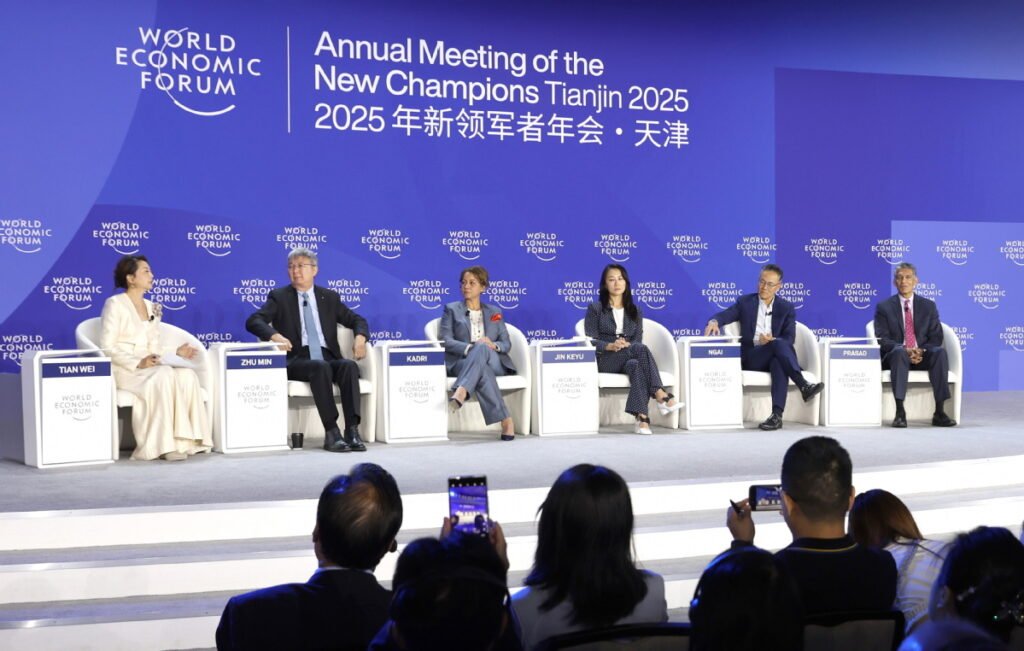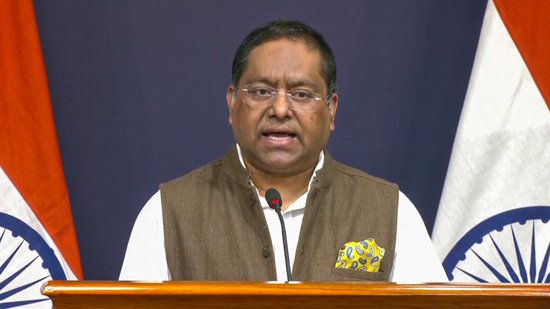China confirmed that it had agreed with the U.S. to approve the accelerated export of rare earths after President Donald Trump said he had signed a trade deal with Beijing, and said Washington will also lift some of its restrictions on Beijing in return.
A spokesperson for the Chinese Ministry of Commerce said on Friday, June 27, that leaders of the two countries had now approved the details of the agreement.
Trump, talking about negotiating trade deals during his reciprocal tariffs pause on Thursday, said we “just signed with China yesterday.”
Why It Matters
The U.S. technology and manufacturing sectors rely on a stable supply of rare earths used in electronics, defense systems, and renewable energy, and China is a key supplier.
Rare earths are strategically vital to the U.S. as they play a critical role in advanced manufacturing and defense industries.
Cementing the agreement is also progress toward stabilizing trade relations between the world’s two largest economies, and a sign that the temporary tariff reductions will become permanent once other outstanding issues are resolved.

Chinese President Xi Jinping speeches during Russian-Chinese talks at the Grand Kremlin Palace, May 8, 2025 in Moscow, Russia.
Contributor/Getty Images
What To Know
The agreement relates to the earlier tariff-slashing U.S.-China trade talks in Geneva, which stalled over American concerns that Beijing was dragging its feet on exporting vital rare earths.
They held further talks in London after a call between Trump and Chinese President Xi Jinping to break the deadlock, and the two sides kept talking until the news that a deal had finally been cemented.
Ahead of the deal’s confirmation, the Chinese commerce ministry had announced on Thursday that it was speeding up approvals of exports of rare earths.
The U.S. and China share the world’s largest bilateral trade relationship, with two-way goods trade valued at over $582.4 billion in 2024, according to data from the Office of the United States Trade Representative.
While the rare earths agreement marks progress, multiple long-standing trade conflicts between the U.S. and China remain unresolved.
These include tariff levels on hundreds of billions of dollars in goods, disputes over intellectual property protection, and concerns around technology transfer and forced joint ventures involving U.S. companies in China.
The Trump Administration has also imposed a 20 percent fentanyl tariff on China for its role in supplying precursor chemicals needed to produce the highly potent synthetic opioid, which has led to hundreds of thousands of drug overdose deaths in the U.S.
China and the U.S. are in talks about tackling fentanyl and Trump officials expressed optimism about the progress made after their meeting in Geneva.
Additional contentious points involve market access for key American industries, continued U.S. export controls on advanced semiconductors, and regulatory actions targeting American firms operating in China.
These issues have driven a cycle of reciprocal tariffs and have made further comprehensive agreements difficult to achieve in recent years.
What People Are Saying
President Donald Trump said: “In the China deal, we’re starting to open up China.”
U.S. Commerce Secretary Howard Lutnick told Bloomberg TV that the China deal was “signed and sealed,” adding: “The president likes to close these deals himself. He’s the dealmaker. We’re going to have deal after deal.”
A spokesperson for China’s commerce ministry said: “It is hoped that the U.S. and China will move toward each other, continue to utilize the bilateral economic and trade consultation mechanisms in accordance with the important consensus and expectations set during the June 5 call between the two heads of state, continuously enhance mutual understanding, reduce misperceptions, strengthen cooperation, and jointly promote the healthy, stable, and sustainable development of China-U.S. economic and trade relations.”
What’s Next
China and the U.S. are expected to implement provisions of the agreement in the coming weeks. Ongoing negotiations will likely focus on tariff relief, intellectual property reforms, and high-tech export controls.
The U.S. is also expected to announce fresh trade deals with a number of its partners, including Japan and India, that will reduce tariffs and other barriers.
This article includes reporting by The Associated Press.







